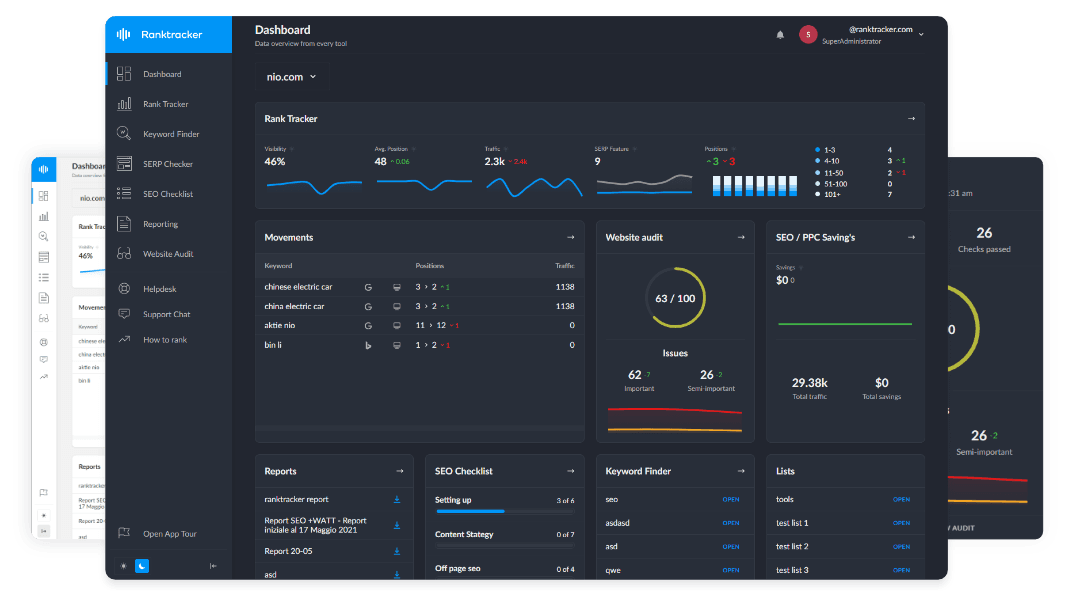Intro
Named Entity Resolution (NER) is the process of identifying, linking, and disambiguating entities (e.g., people, places, organizations) across different datasets. It ensures accurate representation and avoids confusion in text analysis.
Importance of Named Entity Resolution in NLP
- Improves search accuracy by ensuring correct entity identification.
- Enhances information retrieval by linking related entities across sources.
- Strengthens semantic search by distinguishing between entities with similar names.
How Named Entity Resolution Works
1. Entity Recognition
- Detects and extracts named entities from text.
2. Entity Linking
- Maps identified entities to a structured knowledge base.
3. Entity Disambiguation
- Resolves conflicts when multiple entities have similar names.
4. Contextual Validation
- Uses surrounding context to confirm correct entity representation.
Applications of Named Entity Resolution
✅ Knowledge Graph Construction
- Powers semantic search engines like Google Knowledge Graph.
✅ Sentiment Analysis
- Associates sentiment with the correct entity in text-based opinions.
✅ Fraud Detection & Security
- Identifies and links individuals or organizations in security intelligence.
✅ Business Intelligence
- Enhances data analytics by accurately linking corporate entities.
Best Practices for Optimizing Named Entity Resolution
✅ Leverage Knowledge Bases
- Use structured datasets like Wikidata, DBpedia, Google Knowledge Graph.
✅ Implement Machine Learning Models
- Train NLP models with entity resolution datasets to improve accuracy.
✅ Use Contextual Clues
- Apply deep learning techniques to enhance disambiguation accuracy.
✅ Regularly Update Entity Databases
- Keep entity datasets fresh to maintain resolution accuracy.
Common Mistakes to Avoid
❌ Confusing Similar Entities
- Ensure context-based entity linking to prevent mismatches.
❌ Ignoring Multi-Language Entity Resolution
- Consider cross-lingual entity mapping for global content.
❌ Neglecting Ambiguous Contexts
- Use advanced NLP techniques to handle ambiguous entity names.
Tools for Named Entity Resolution
- Google NLP API: Advanced entity recognition and resolution.
- SpaCy & NLTK: Python-based NLP frameworks for entity analysis.
- Stanford NLP & OpenAI Models: Pretrained entity resolution models.
Conclusion: Improving NLP Accuracy with Named Entity Resolution
Named Entity Resolution plays a vital role in ensuring accurate entity identification and linking in NLP applications. By leveraging structured data, machine learning, and contextual analysis, businesses can improve search relevance, data retrieval, and AI-driven insights.

